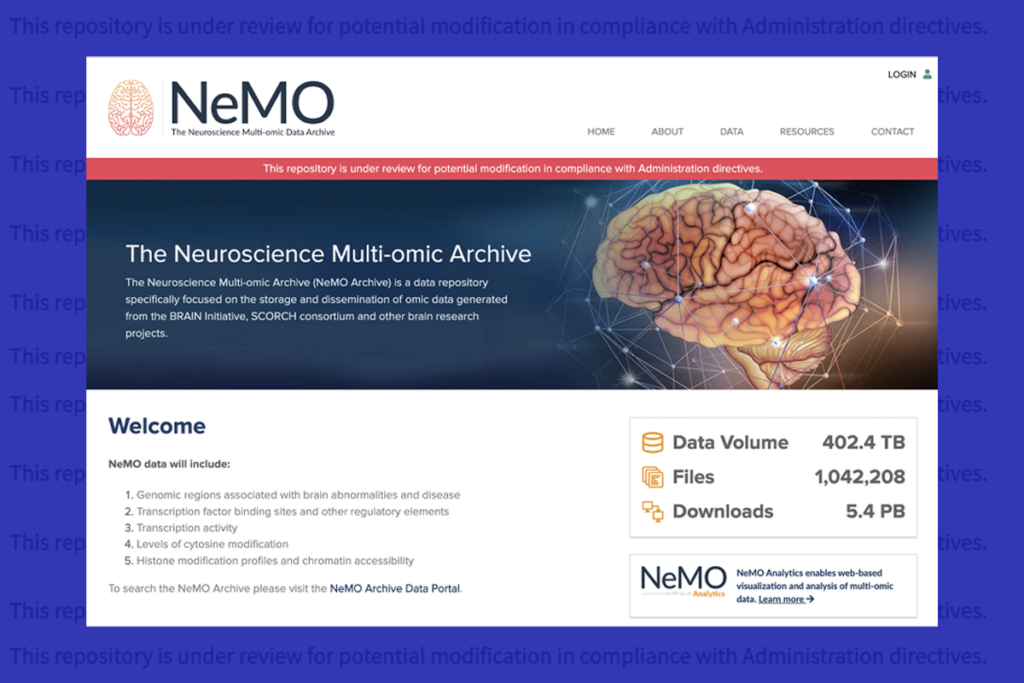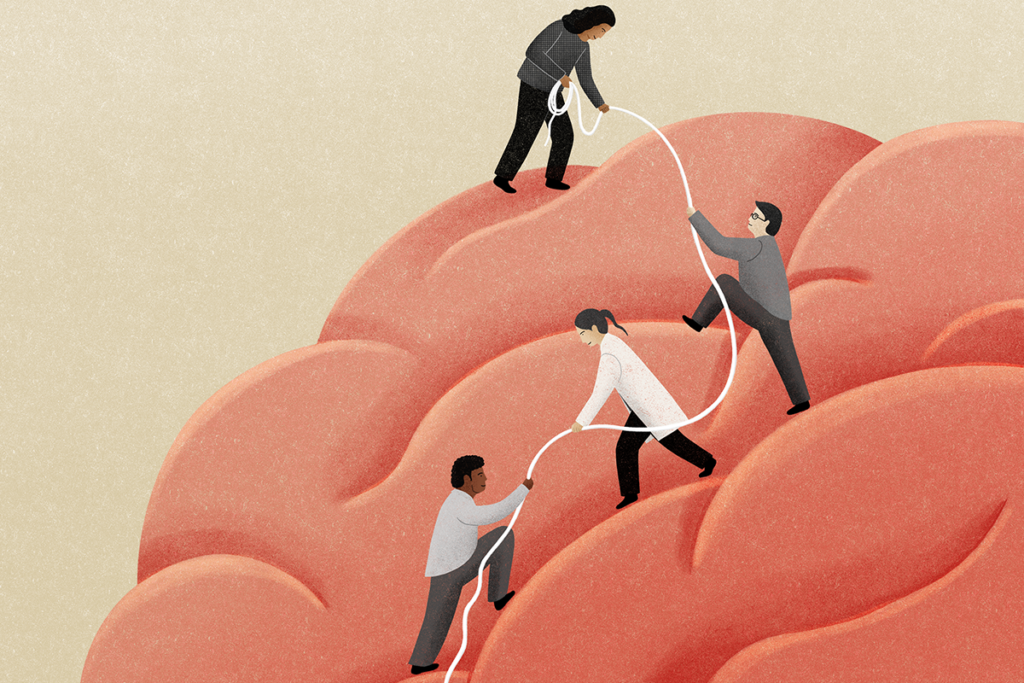Tomorrow’s tools
For 2014, rather than compile the ‘top tools and techniques’ — a list certain to include CRISPR and other technical tricks detailed in our weekly Toolboxes — we asked researchers to dream up the next big tool in autism research. Their wishes range from protein sequencers to scanners that can capture brain activity during daily activities.
For 2014, rather than compile the ‘top tools and techniques’ — a list certain to include CRISPR and other technical tricks detailed in our weekly Toolboxes — we asked researchers to dream up the next big tool in autism research. The budget: unlimited. Here is a look at some of their ideas — a few of which might just be in the works.
A proteome sequencer
Topping researchers’ wish lists is a machine that would sequence the proteomes — the scores of proteins encoded by the genome — of individuals with autism.
Existing tools, such as mass spectrometry, can scan samples of blood or brain tissue for their protein constituents. But they do not pick up subtle structural changes that can affect a protein’s function. Methods that analyze structure require researchers to choose a subset of proteins, then spend days isolating them in large-enough quantities to study.
A protein sequencer would solve both these problems, allowing researchers to spot abnormal proteins the way they currently detect mutations in genes: quickly and without needing to know what to look for.
A tool like this would also help researchers interpret the reams of data emerging from gene-sequencing studies.
“We could design a whole new way of measuring the functional impact of mutations and designing drugs to target them,” says Brian O’Roak, assistant professor of genetics at Oregon Health & Science University in Portland, Oregon. “Moreover, we could start truly building a systems-level view of biology.”
A massive bank of stem cells from people with autism
Researchers can already reprogram skin cells from people with autism into a range of cell types, including neurons. These cells can provide clues about the origins of autism and may even help researchers screen treatments.
But autism is a heterogeneous disorder, so researchers need a huge bank of cells from thousands of individuals.
“These might provide the best leads we will ever have for actionable molecular targets relevant to large numbers of patients affected by autism,” says John Constantino, professor of psychiatry and pediatrics at Washington University School of Medicine in St. Louis, Missouri.
A way to glean biological significance from sequencing studies
Sequencing studies have revealed dozens of candidate genes for autism, but researchers are still struggling to understand how mutations in the genes lead to autism.
“We really need a fundamental understanding of the affected genes and the consequences of the mutations for these genes,” says Thomas Südhof, professor of molecular and cellular physiology at Stanford University in California. “It would be wonderful to have a shortcut for meeting this challenge.”
One such shortcut would be a “magic machine” that sequences human genomes and then disrupts autism candidates in cellular models of autism, says Joseph Buxbaum, professor of psychiatry and genetics at the Icahn School of Medicine at Mount Sinai in New York City.
“Pathways that are consistently dysregulated when [autism] genes are mutated would provide key targets for drug development,” says Buxbaum. “We would be moving rapidly towards translating gene discovery into novel targets for therapeutics.”
A mouse, fly and fish ‘phenome’
Another way researchers learn about the biological importance of mutations is to characterize their effects in animal models. A tool to better characterize the physical traits seen in mutant mice, flies and fish would help researchers make the leap from genotype to phenotype.
“All 120,000 or so organisms would be subjected to a systematic series of phenotype tests recording the effect on cells, neurons, brain architecture, congenital abnormalities, basic behavioral tests, etc.,” says Stephan Sanders, assistant professor of psychiatry at the University of California, San Francisco.
The phenome would allow researchers to compare the physical and behavioral effects of the same genetic mutations across species. It could also help researchers screen treatments that target specific genetic defects.
A way to glimpse neuronal connections … noninvasively
The junctions between neurons, called synapses, are emerging as a hotbed for molecular disturbances in autism. Now researchers want tools to study these junctions in real time — and in real people with autism.
“In a dream world, I would like to image at the resolution of synapses in the intact brain … noninvasively,” says Jason Shepherd, assistant professor of neurobiology and anatomy at the University of Utah in Salt Lake City. In the real world, Shepherd says his team is finding it enough of a challenge to build tools to study active synapses in mouse brains. “We are starting small and I would be happy with just being able to visualize synapses that are active during information processing and encoding.”
A tool that communicates the needs of individuals who are nonverbal
Roughly 25 percent of people with autism are nonverbal, meaning they speak few or no words. Geraldine Dawson, professor of psychiatry and behavioral sciences at Duke University in Durham, North Carolina, says she wants a tool that would help these individuals make themselves heard.
“A brain-computer interface would allow nonverbal individuals with autism to communicate their thoughts, needs and wishes,” says Dawson.
A brain scan that works outside the lab — especially in infants
Most imaging studies use pretend social situations to probe brain activity as participants lie perfectly still in a noisy scanner. It’s no surprise that some researchers want tools to study more realistic scenarios.
“The vast majority of our insights into social perception and processing come from lab studies that don’t resemble actual social interactions,” says James McPartland, associate professor of child psychiatry and psychology at Yale School of Medicine. “I would like to be able to monitor brain responses ‘in the field’ as people move about and interact with one another in naturalistic settings.”
The tool would be particularly useful when studying infants and young children as they receive treatment. “A behavior therapist could receive direct feedback regarding the effect of behavior therapy on brain function, allowing him or her to target and modulate the therapy for maximal benefit,” says Dawson.
A realistic step toward this fantasy scanner may be a revamped electroencephalogram. The tool, which uses electrodes on the scalp to measure electrical activity in the brain, can tap into neural circuits that may be disrupted in autism. But several researchers say they wish it were faster to apply and more flexible.
A video system that tracks behavior around the clock
While some researchers want scanners to track brain activity outside the lab, others want video systems to track behavior over long periods of time.
“It would allow for more accurate evaluation of clinical trials,” says Thomas Frazier, director of the Center for Autism at the Cleveland Clinic in Ohio. “And it would permit us to understand more about how certain types of autism behaviors interact with one another or lead to challenging behavior.”
A tool that transforms caregivers into ‘citizen scientists’
Finally, some researchers want to put these sorts of data-collection tools in the hands of parents and caregivers.
“Basically, a methodology for turning parents and caregivers into citizen scientists by enabling them to efficiently gather high-quality quantitative assessments of their children’s behaviors and physiology in natural settings over time,” says Matthew Goodwin, assistant professor of health sciences at Northeastern University in Boston.
This tool could provide better data for clinical trials, many of which rely on parents to track their child’s behavior over time.
Recommended reading
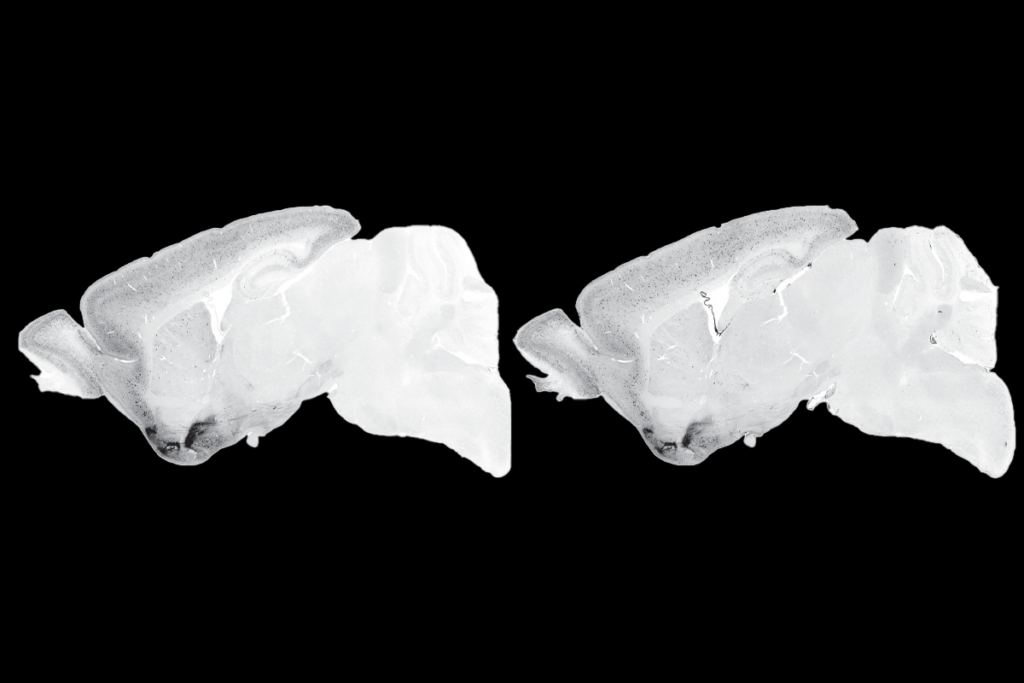
Split gene therapy delivers promise in mice modeling Dravet syndrome
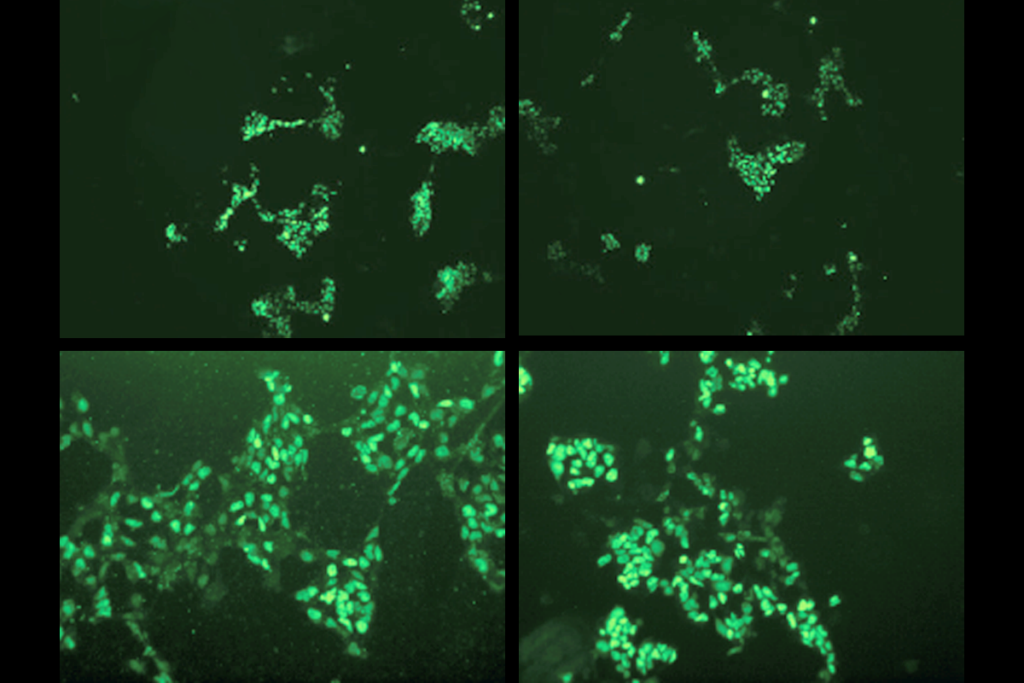
Changes in autism scores across childhood differ between girls and boys

PTEN problems underscore autism connection to excess brain fluid
Explore more from The Transmitter
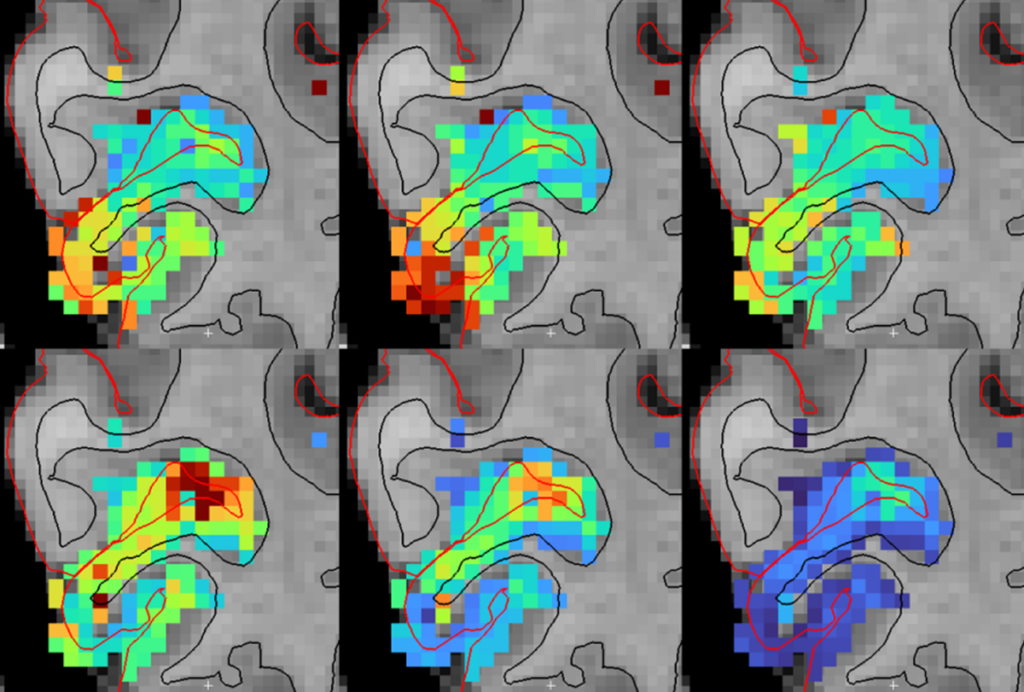
Functional MRI can do more than you think
